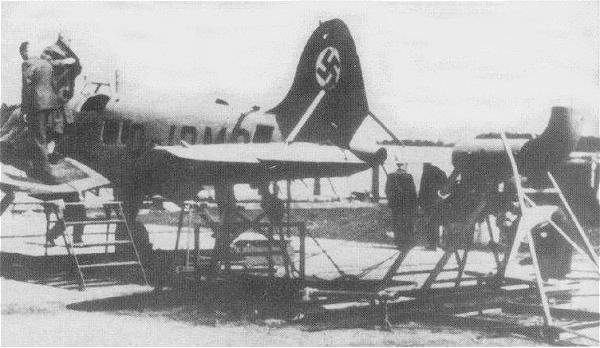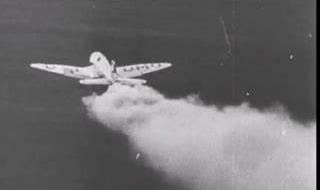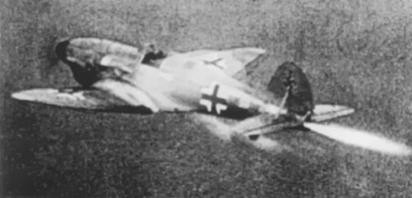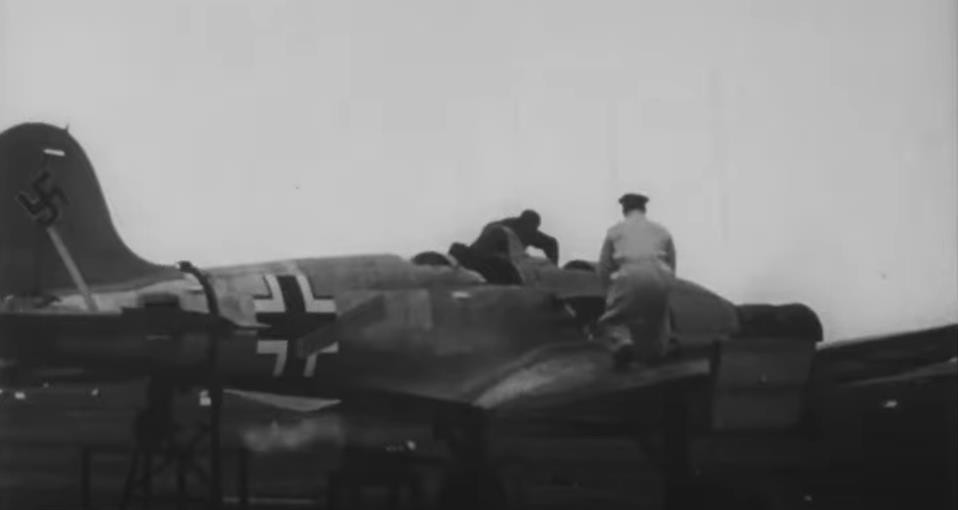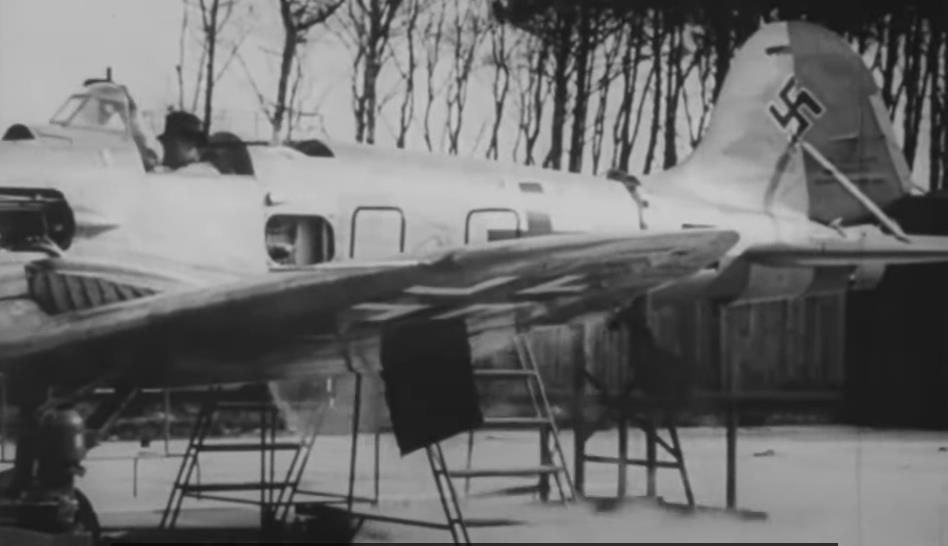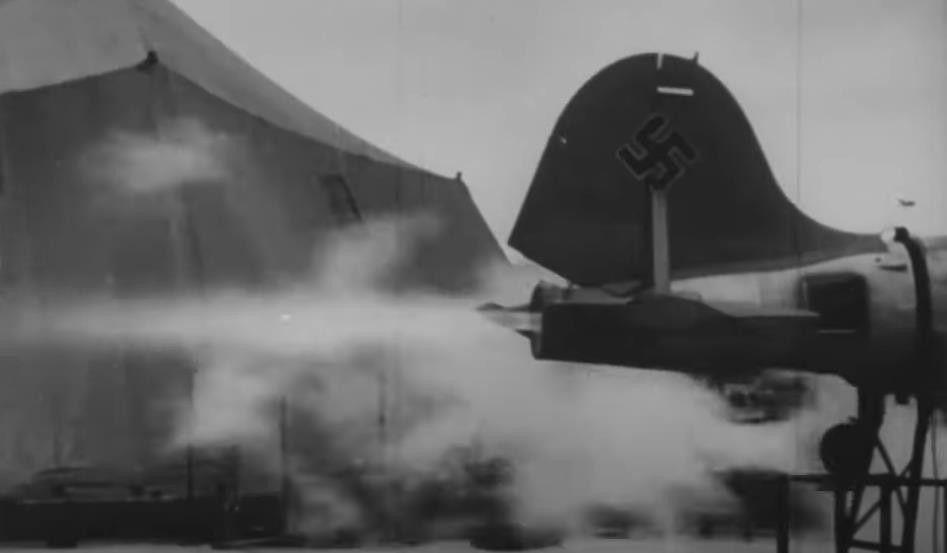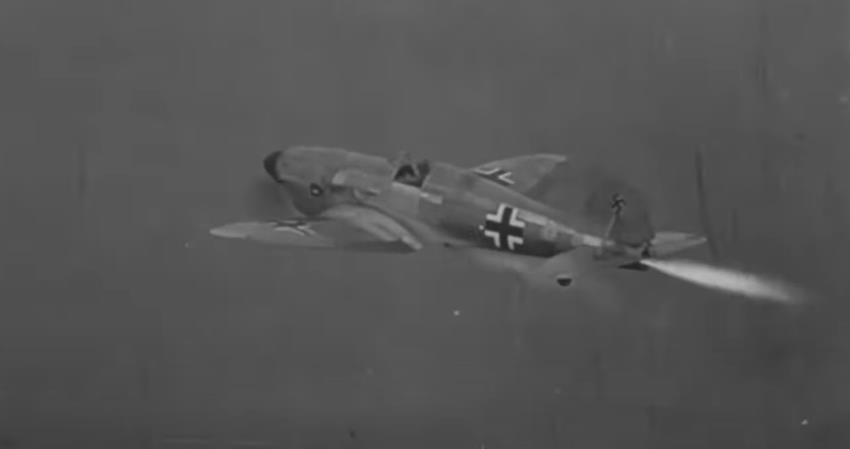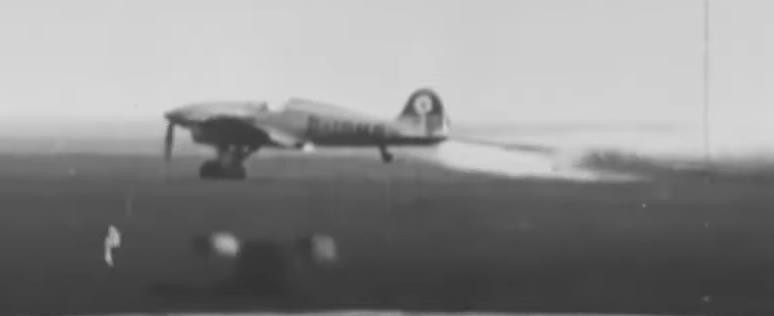In 1931, the Army Weapons Office testing ground at Kummersdorf had taken over research into liquid-fuel rockets. In 1932, Wernher von Braun designed a rocket of this kind which used high percentage spirit and liquid oxygen. von Braun was interested in evaluating an aircraft with a rocket motor propulsion system. Initially the highest levels at the Army High Command and the Reich Air Ministry (RLM) were opposed to such "fantasies", as they called them. Many maintained that an aircraft driven by a tail thrust would experience a change in the centre of gravity and flip over but Ernst Heinkel offered support and provided an He 112 fuselage shell less wings for standing tests.
In 1936 von Braun began trials. Late in 1936 Erich Warsitz was seconded by the RLM to Wernher von Braun and Ernst Heinkel, because he had been recognized as one of the most experienced test pilots of the time, and because he also was technically proficient. For tests, the RLM lent Neuhardenberg, a large field about 70 kilometres east of Berlin, listed as a reserve airfield in the event of war. Since Neuhardenberg had no buildings or facilities, a number of marquees were erected to house the aircraft. In the spring of 1937, the Kummersdorf Club transferred to Neuhardenberg and continued the standing trials with the He 112 fuselage. In June 1937 Erich Warsitz undertook the initial flight testing of the He 112 fitted with the rocket engine. Despite a wheels-up landing with the fuselage on fire, it proved that the aircraft could be flown satisfactorily.
Hellmuth Walter at Kiel had been commissioned by the RLM to build a rocket engine for the He 112, so there were two different new rocket motor designs at Neuhardenberg; whereas von Braun's engines were powered by alcohol and liquid oxygen, Walter engines used hydrogen peroxide with calcium permanganate catalyst. Instead of a flame, the Walter produced a hot vapour from a chemical reaction generating thrust and giving high speed. The subsequent flights with the He 112 used the Walter-rocket instead of von Braun's; it was more reliable, simpler to operate and the dangers to test pilot Erich Warsitz and the machine were less. After the conclusion of the He 112 tests using both rocket motors, the marquees at Neuhardenberg were dismantled at the end of 1937. This coincided with the construction of Peenemünde.
